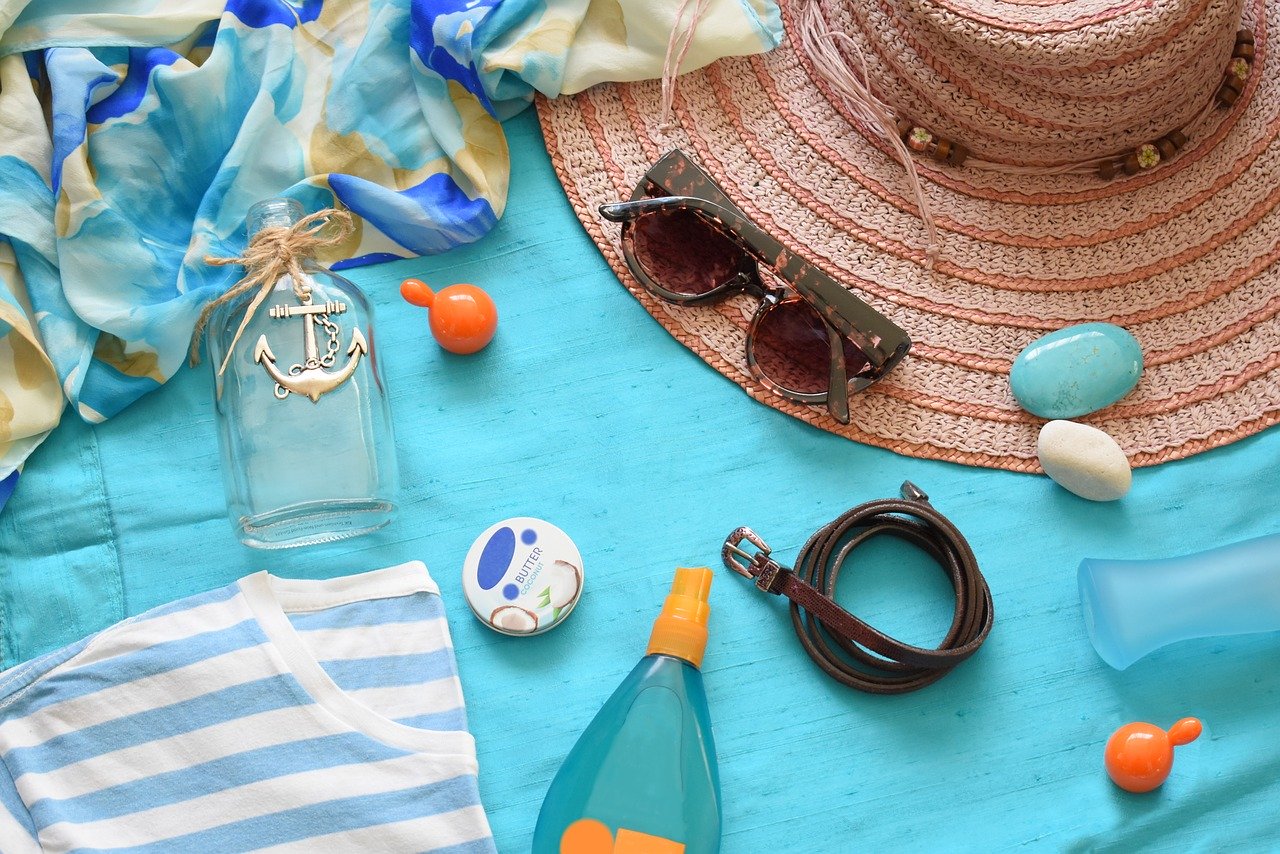In February 2019 researchers from Hong Kong, China and Taiwan published the results of their study to assess the effect of 7-day exposures to two of the organic ultraviolet filters which are found in sunscreen, ethylhexylmethoxy-cinnamate (also known as octinoxate) and octocrylene, on two hard coral species, Seriatopora caliendrum and Pocillopora damicornis. Both single and combined chemical tests were undertaken as well as diluted sunscreen wash-off water containing both active ingredients. Results showed that in the single-chemical tests, only 1000 μg/L octinoxate resulted in 33% of the S. caliendrum coral dying with 83% becoming bleached. There was no effect to the coral, Pocillopora damicornis. However, 5% sunscreen wash off water containing approximately 422.34 μg/L of octinoxate and 33.50 μg/L of octocrylene caused high mortality in S. caliendrum and P. damicornis, and tissue concentrations were up to 10 times greater than in the single-chemical exposures. The researchers therefore concluded that whilst their results confirmed that there is a gradual accumulation of octinoxate and octocrylene in coral, other ingredients in sunscreen products may increase the degree and rate the active ingredients are absorbed by corals and exacerbate the toxicity of sunscreen products. They therefore recommended that future research should not only focus on the toxicities of active ingredients.
He T et al. Toxicological effects of two organic ultraviolet filters and a related commercial sunscreen product in adult corals. Environ Pollut. 2019 Feb;245:462-471.

